Pudsey is lucky and proud to have such a fantastic public park at the heart of the Town.
This has been the culmination of a huge amount of work put in by many people, far too many to count or mention but this blog goes some ways to celebrate the results that we enjoy today.
First opened in 1889, the Park has seen many revamps and features, from ornamental lakes to concrete hippos.
If we could do a “Time Team” what lost secrets would we unearth?
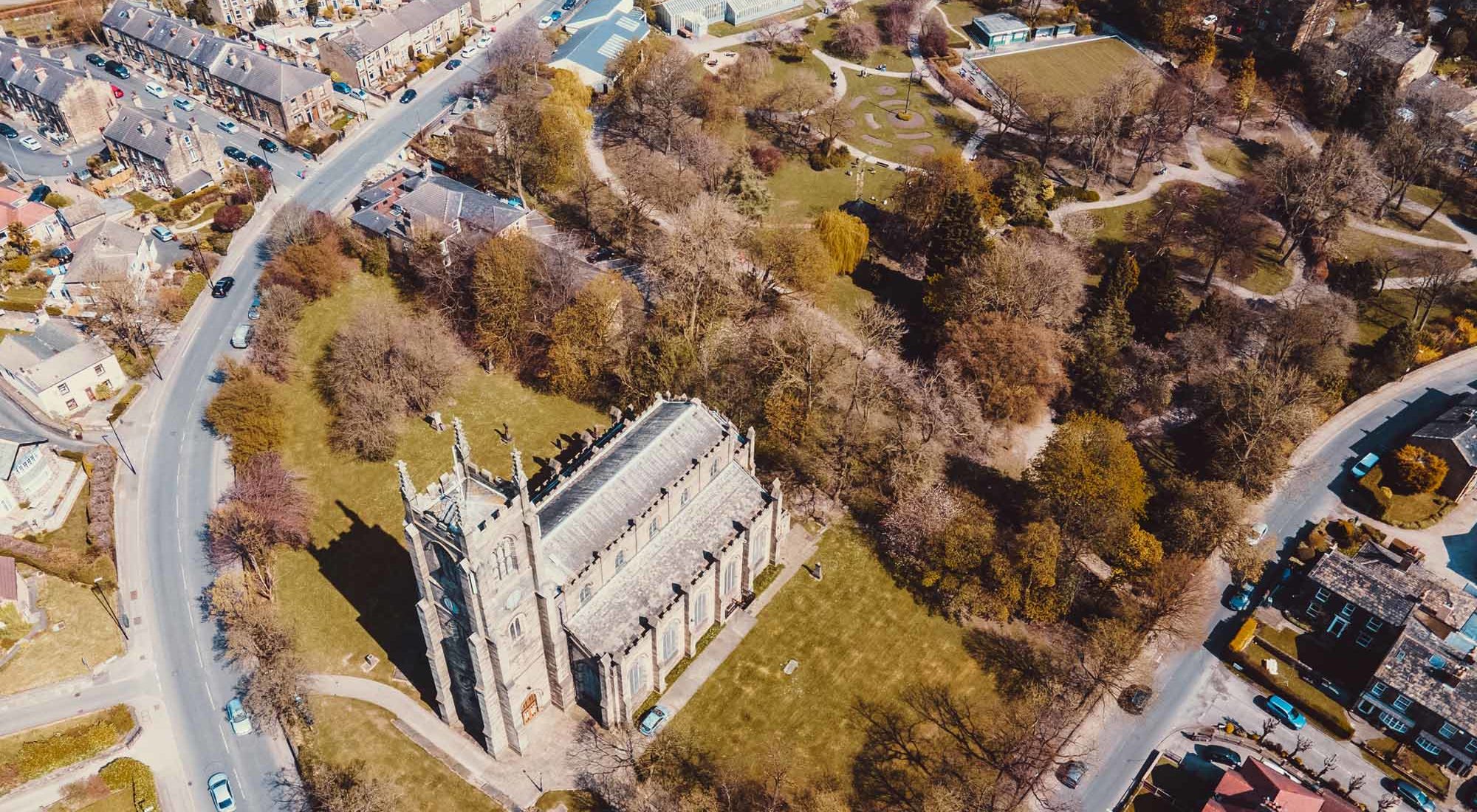
A bit of background on the Park
In sprawling industrial Victorian Pudsey, the locals liked to get out to stretch their legs and socialise after church on a Sunday, or indulge in a bit of people watching. Young people needed somewhere to meet up and court (chaperoned of course) or just promenade, and mums liked somewhere to take the kids for fresh air and to let off steam.
The first place they chose to do all these activities will surprise you…
The Cemetery.
Yes, opened in 1875 Pudsey Cemetery was 11 acres of peaceful landscaped walkways and gorgeous views over the Aire Valley…once the soot from the mills had lifted. The local burial board swiftly drafted a set of byelaws restricting access and banning dogs and prams – Pudsey needed a proper park and quickly.
Location, location, location…
Pudsey had two suitable sites in the town centre: The Recreational Ground which hosted the Pudsey Feast and was also the children’s open play area, and next door was the Pudsey St. Lawrence cricket ground which was adjacent to the Parish Church.
There was only one choice here – everyone loved the Feast. Pudsey St. Lawrence cricket ground was sacrificed for the public good and was turned over to the Parks department. The club had even completed a new pavilion 3 years before and happily headquartered out of the New Inn at the time (if you remember the pub blogs, the New Inn then changes its name to The Park).
- Mid Victorian purpose built cricket ground and example pavilion – heritage status = lost
- Example garret style public house – heritage status = converted to housing
1889 one of the finest Public Parks in the North
We weren’t short of a bob or two and what was built was top quality for its day, and packed a lot into a small site, (this was before the children’s play ground opens in 1928, keep reading for this).
First features in the new Park as of October 1889 included:
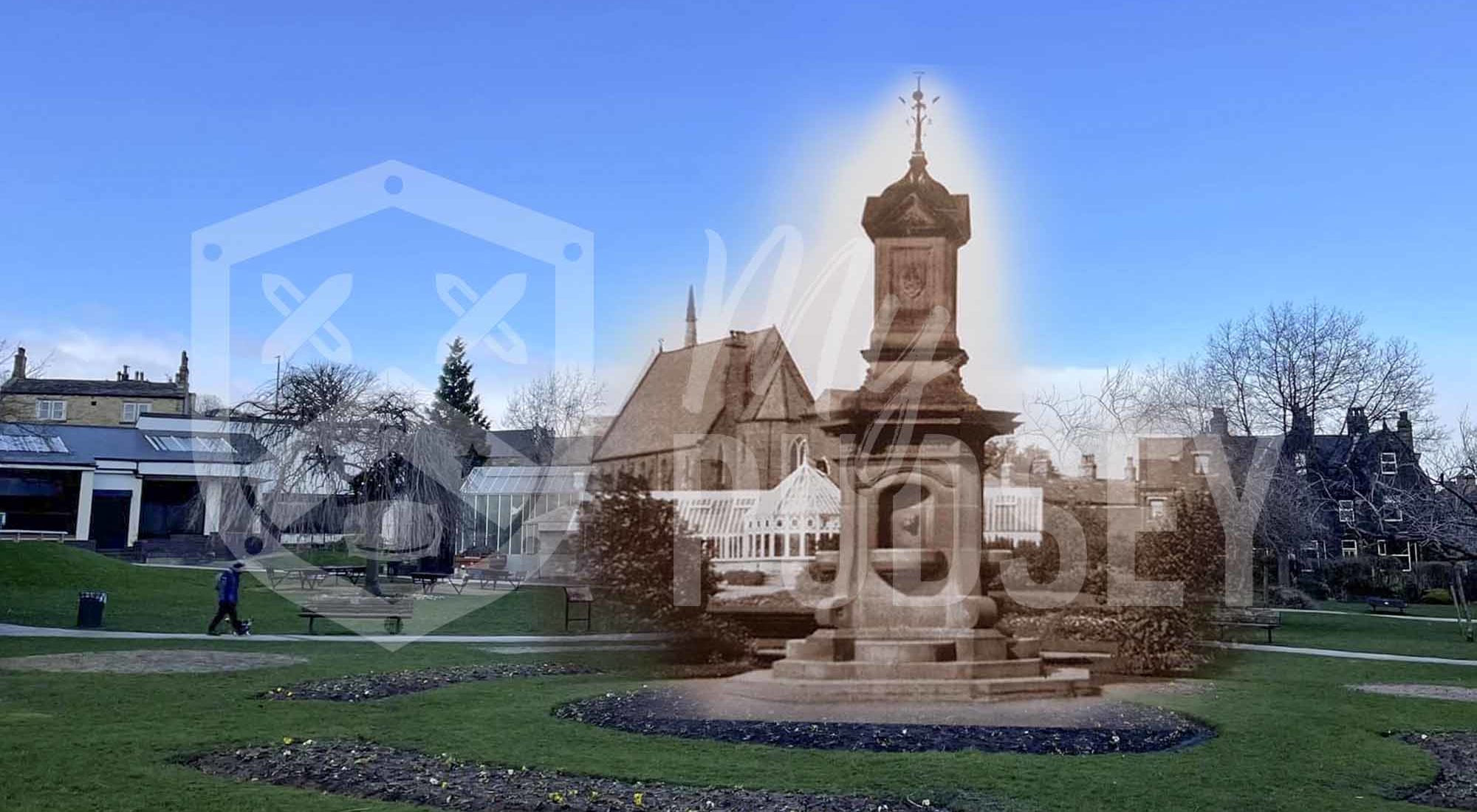
18 foot tall Dibb-Scales drinking fountain
gifted to the people of the town by the super rich (and teetotal) William Dibb-Scales. This huge centre piece for the new park featured 4 lion headed drinking spouts. Although impressive it couldn’t withstand the weather and pollution and was removed during the 1928 revamp.
heritage status = one small bit left, more about this later
Gas lamps and “stars”
brochures about the early park describe an elegant sounding gas lighting system that mention stars along with the normal cast iron lamp posts.
heritage status = lost, seems a bit of a shame
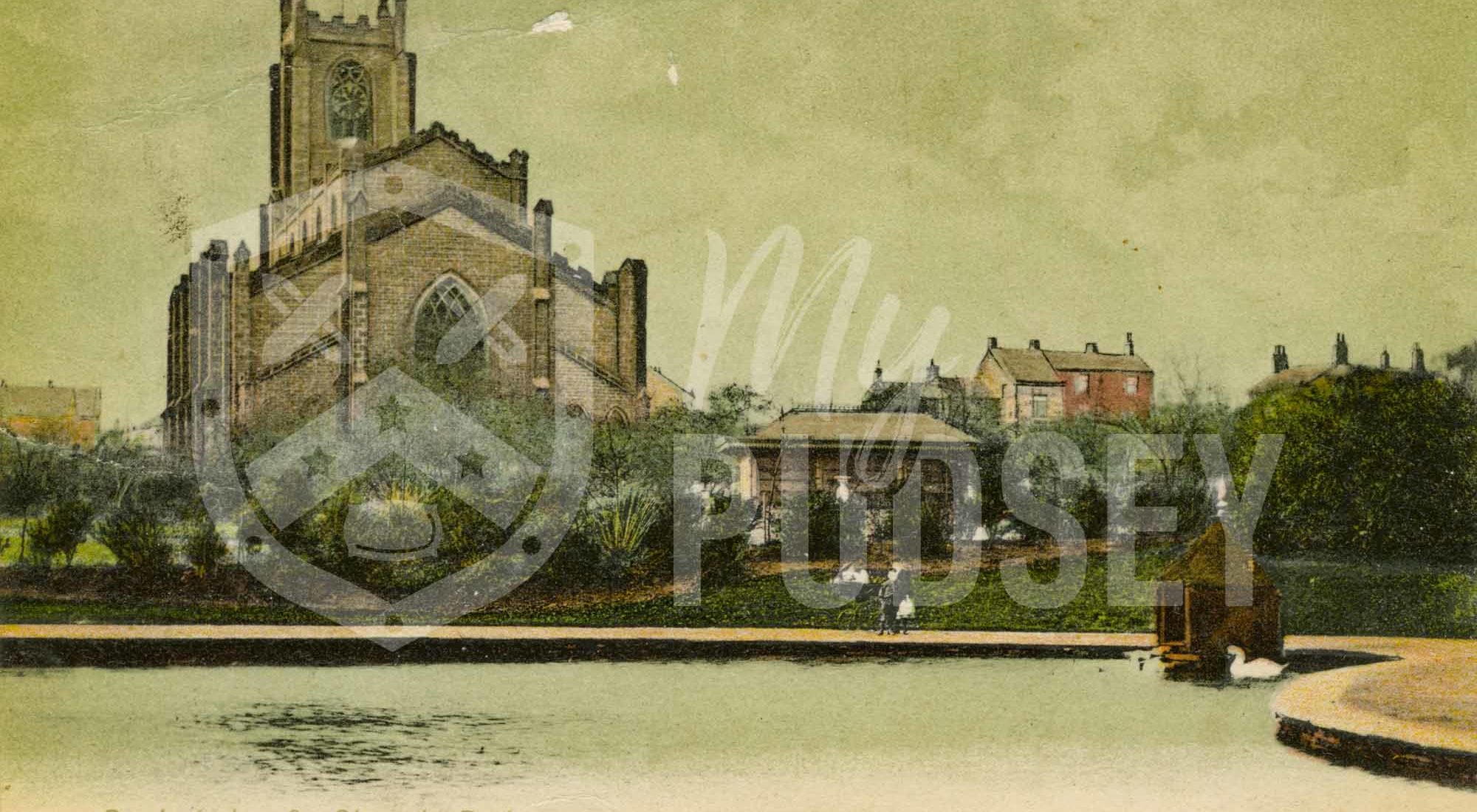
Park lake and duck house:
Where the rose garden now stands was an impressive serpentine lake, 3 foot deep with a hut for nesting birds and its own swans ‘George and Mary’.
Sadly due to some drownings, this was replaced by a set of Jubilee ornamental gardens that featured mazes and bridges over running streams. This proved too costly though and was down graded to the rose garden of today.
heritage status = exists now only on old postcards
Bandstand
Our bandstand is an upgraded replacement for the original Victorian cast iron structure which had been an integral feature of the 1889 grand opening. This was next to a fine flight of steps with large ornamental plant pots, walking up this led to the Promenade.
heritage status = all original features removed or replaced
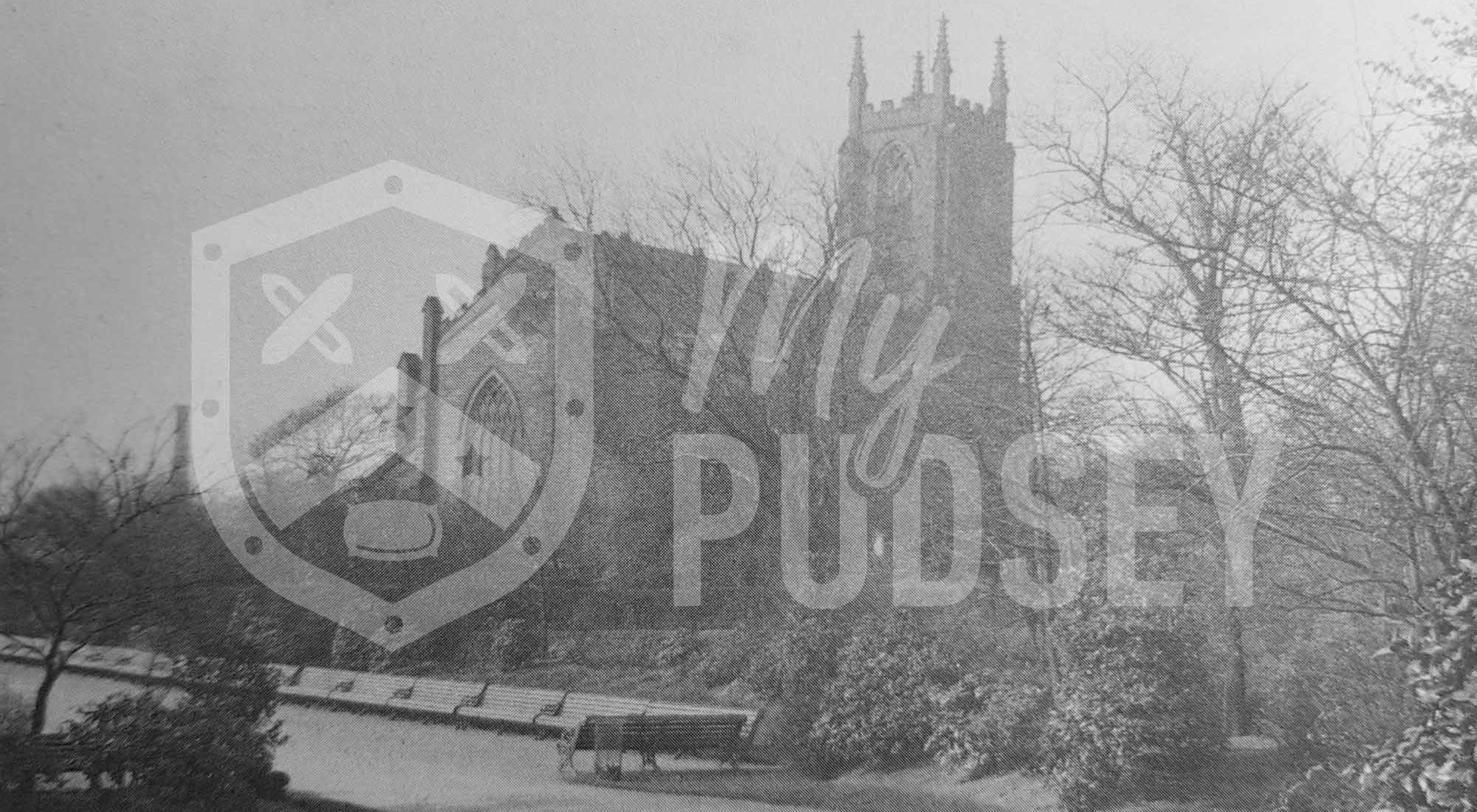
The Pudsey Promenade
This happened every Sunday afternoon along the promenade lane at the back of the lake, flanked by long benches. The park promenade was 240 feet long and 45 feet wide. Young people would pair up and take the ‘duck walk’ walking together from the park down Church Lane as far as Booth’s shop. After WW1 two guns and a large shell were placed at the promenade but were not popular features. During WW2 the prom was the location for ‘holidays at home’ parties during feast week.
heritage status = all removed
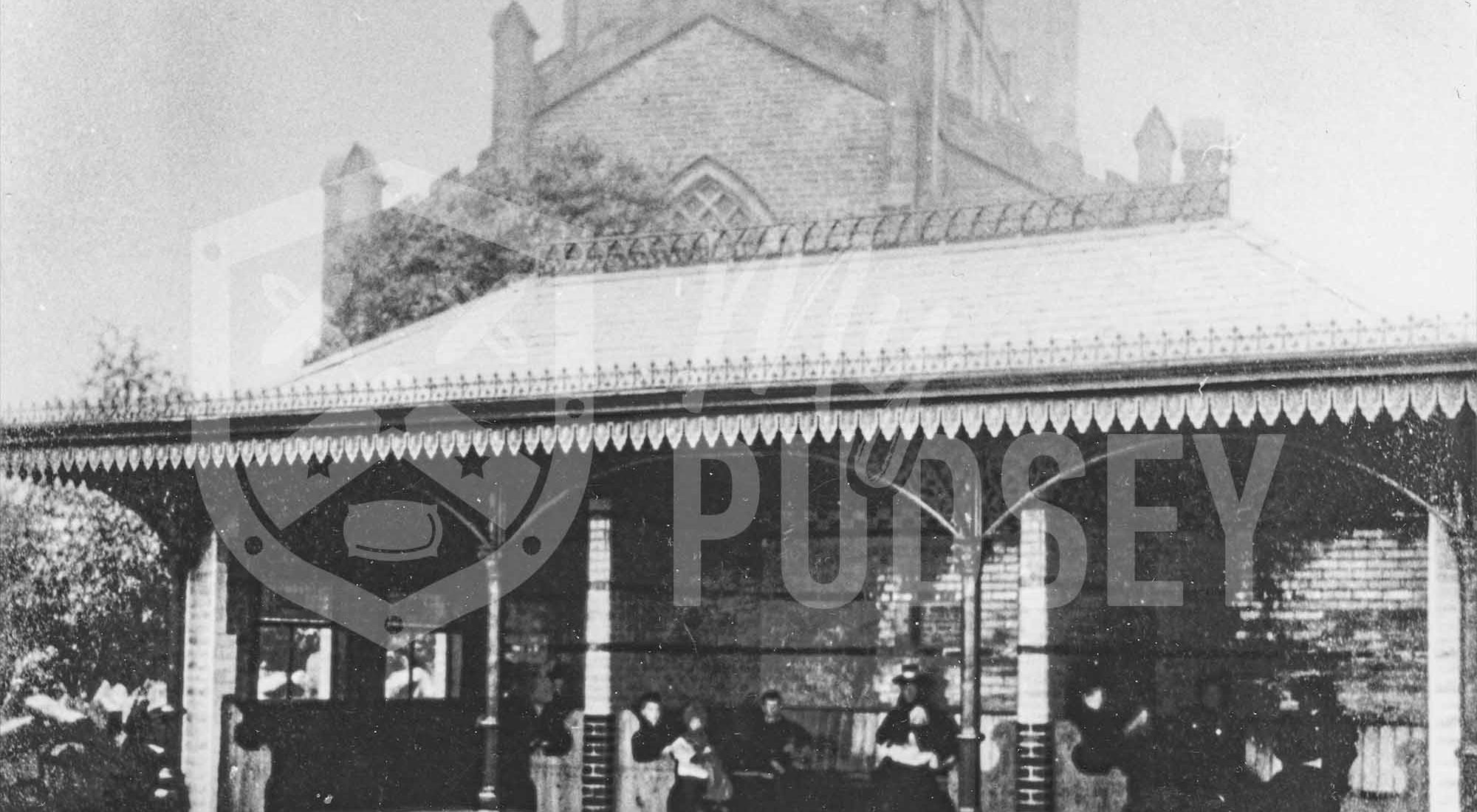
The Promenade shelter
The largest and most ornate shelter sat above the promenade with its windows, glazed brickwork and fine wooden benches. Donated in 1897 by Thomas Lund of Crawshaw Mills, it was an excellent place for people watching on a Sunday afternoon.
heritage status = all removed
Greenhouse
The original fully glazed and wooden framed greenhouse was designed by Charles Sebastian Nelson of Fulneck (who also designed the Pudsey Natwest Branch and Robert Salter Almshouses). Originally the plans for the public baths would have seen them built next door to the greenhouse, but postponed due to costs until the end of the 1920s.
heritage status = the modern greenhouse sits on the site of the original
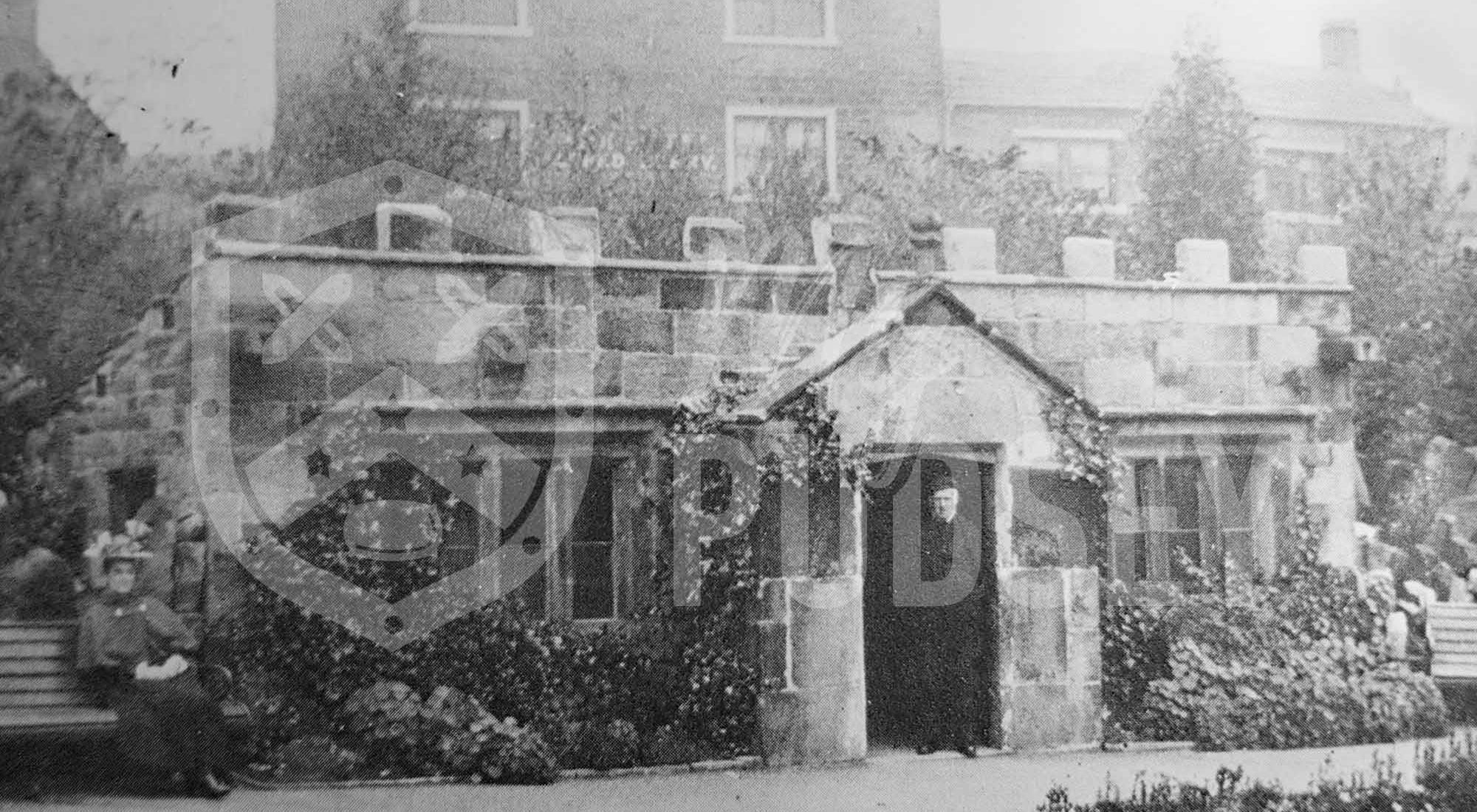
Groundskeepers buildings
Opposite St Lawrence house leading into the children’s play area – a cluster of low buildings used for storage and shelter by the grounds keepers. Eventually these were converted into a mini urban farm with rabbits and guinea pigs.
heritage status = demolished
Old park keeper hut
Several buildings have been on the spot where the visitors centre stands now. Originally the park keeper shelter, this building had been craftily recycled from stone rescued from the demolished 17th Century Parsonage at Greenside known as ‘old Sally Fawberts’. Sadly this is all now lost as well. Those of a certain age will remember the small aviary that used to be here.
heritage status = there might be bits of this old building still in Pudsey but impossible to identify
Golf
On the banking near the bandstand originally installed with a putting green, this eventually became a concrete crazy golf course in the 1970s.
heritage status = not sure we miss this do we?
Buddy benches
Not a new idea, the park featured long benches where whole families and friends groups could mix and chat. In fact I bet most of the town would be sat on them on a sunny Sunday.
heritage status = removed and replaced with fewer smaller benches
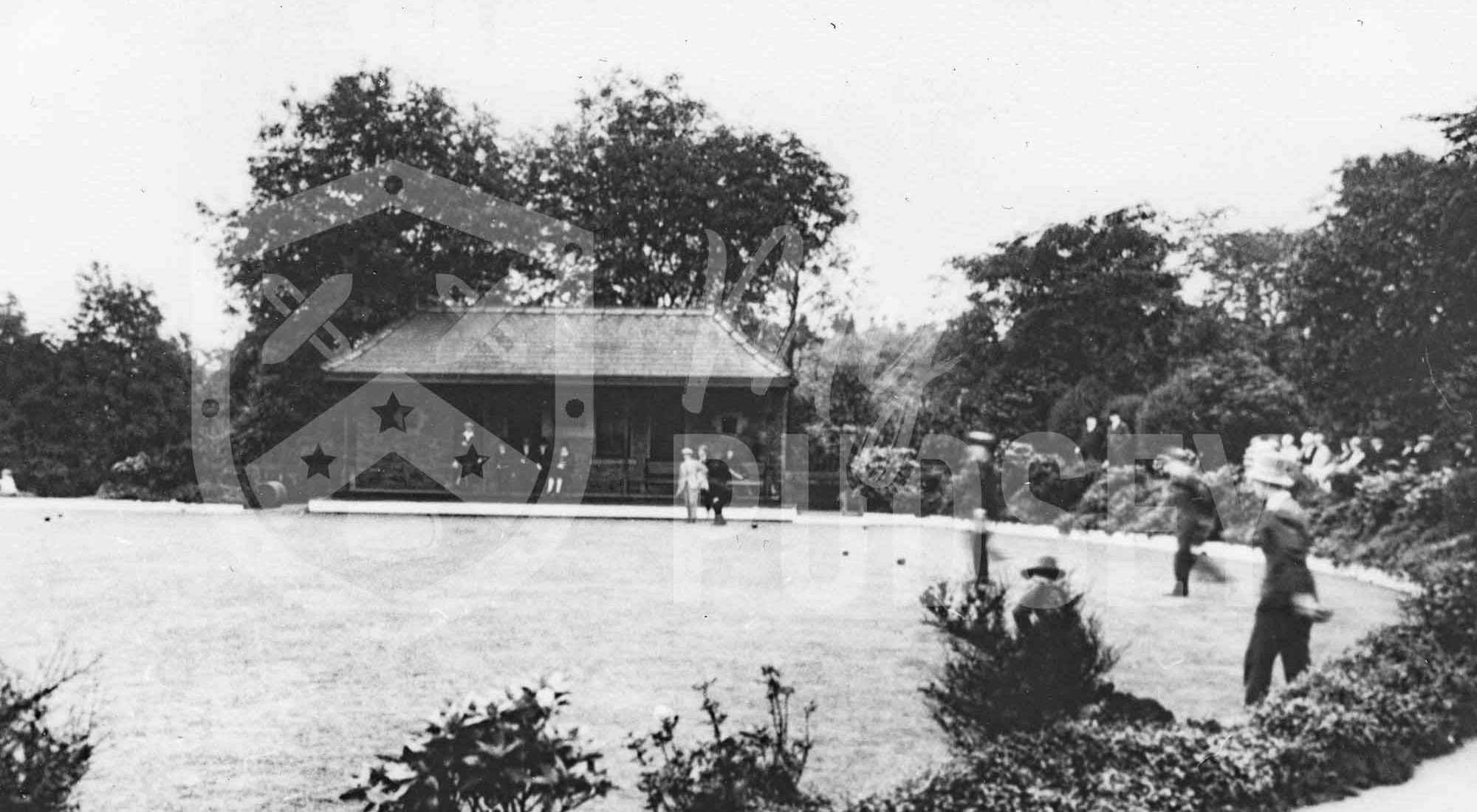
The Bowling Green
Possibly the only original bit we have left. Gifted by the wonderfully philanthropic Sir William Croft Forrest and is a fine example with its own spectator shelter. Bowls was a very Pudsey obsession.
heritage status = is it safe in the current financial climate?
The Lion at the bowling green terrace
Who remembers the bronze lion? – I don’t have a decent photo of it but used to love sitting on its back when I was a tiddler.
heritage status = assumed to be in private ownership – can anyone help?
Children’s Play Park
To find out about the history of the Children’s Play Park, pop back in 2 weeks for the second instalment of this blog.